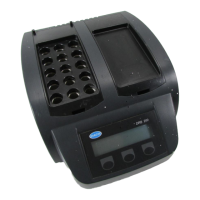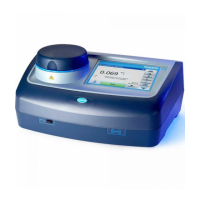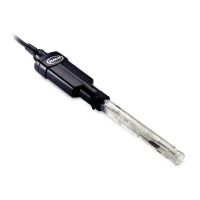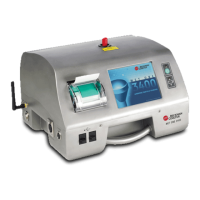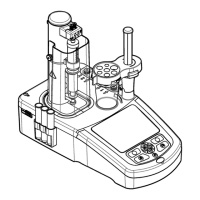69
Metals Method
Note: If analyzing aliquots smaller than 0.5 mL, pH adjustment is not necessary.
1. Pipet the appropriate analysis volume into the appropriate mixing
graduate cylinder. See Sample and Analysis Volume Tables for Solids
following the specific digestion to determine the analysis volume.
Note: Some methods require pipetting into a volumetric flask or a regular
graduate cylinder.
9. If analyzing for
aluminum, nickel or
iron, continue to Step
10. If analyzing for other
substances, dilute to the
100-mL mark with
deionized water; skip
Step 10 and go to
Step 11.
10. Turn the temperature
dial to a heat setting of
204 ° C (400 ° F). Add
150 mL of water to a
400-mL beaker. Place
the beaker on the heater.
Place the flask in the
beaker and boil for 15
minutes. Air cool to
room temperature and
dilute to the mark with
deionized water. Invert
several times to mix.
Note: When using a
Digesdahl Digestion
Apparatus system without
temperature control dials,
reset to a lower setting that
gently boils the water.
11. Ifthesamplehas
visible turbidity, filter or
wait until the turbidity
settles, and the upper
portion of the sample
is clear.
Filter as follows:
a) Place a filter paper into
the filter holder with
wrinkled surface upward.
b) Place the filter holder
assembly in the filtering
flask and wet the filter
with deionized water to
ensure adhesion to
the holder.
c) While applying a
vacuum to the filtering
flask, transfer the sample to
the filtering apparatus.
d) Slowly release the
vacuum from the filtering
flask and transfer to
another container.
Note: If small aliquots
(≤ 1.0 mL) are analyzed,
filtration is not needed.
12. Continue with the
analysis using the
appropriate procedure
below.
DIGESTION PROCEDURE FOR SOLIDS, continued
网址:www.mamots.com 电话:0431-85178766
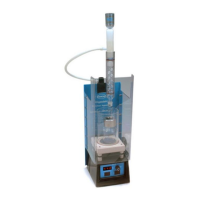
